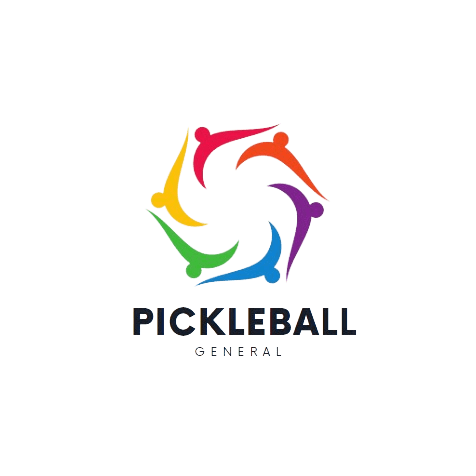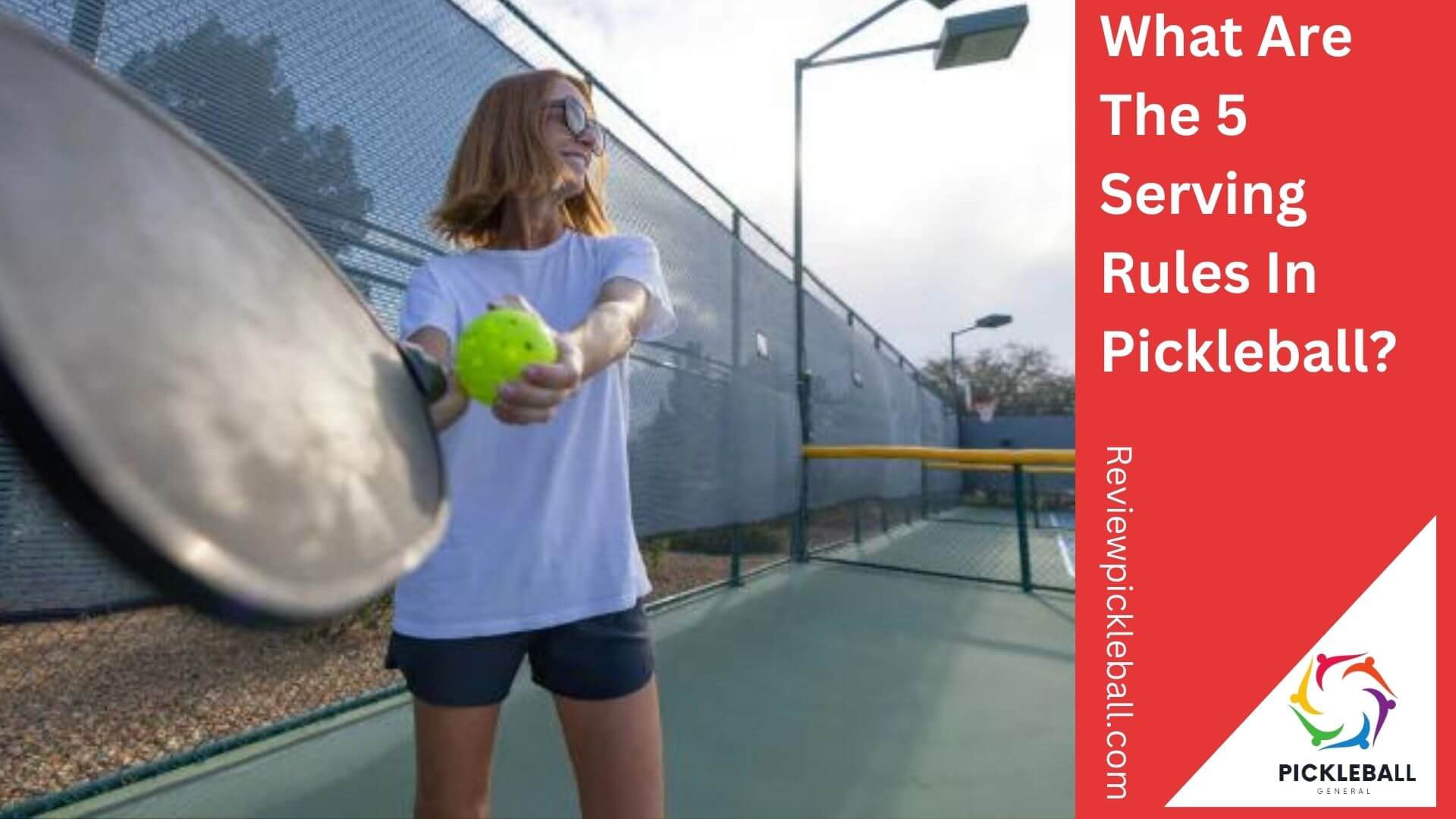Pickleball is a rapidly growing sport that combines elements of tennis, badminton, and table tennis. One of the key components of the game is serving. Understanding the serving rules in pickleball is essential for both beginners and seasoned players. Let’s dive into the 5 serving rules that pickleball players must know.
Basic Overview of Pickleball Serving Rules
Before we get into the specifics, let’s cover the basics. A serve in pickleball is the act of hitting the ball to start a rally. The serve must be made from behind the baseline and into the opponent’s diagonal service court. Mastering the serve is crucial as it sets the tone for the rally.
Rule 1: Serve Must Be Underhand
The first and foremost rule is that the serve must be underhand. This means that when the paddle makes contact with the ball, it must be below the server’s waist. The underhand serve is designed to keep the serve fair and consistent.
Techniques for an Effective Underhand Serve:
- Grip: Use a relaxed grip on the paddle to maintain control.
- Stance: Stand sideways with your non-dominant foot forward.
- Swing: Use a smooth, pendulum-like motion to hit the ball.
- Follow-through: Ensure your paddle continues its motion after striking the ball.
Rule 2: Serve Must Land in the Diagonal Court
The serve must land in the diagonal service court. This requires an understanding of the court layout and the ability to control where the ball lands.
Importance of Serving Diagonally:
- Court Layout: Each player serves diagonally, meaning you must aim for the area opposite your position.
- Accuracy: Developing accuracy ensures the serve is fair and challenging for the opponent.
Also Read: Illegal Pickleball Serves: You Need To Avoid!
Rule 3: Serve Must Clear the Non-Volley Zone
The non-volley zone, commonly known as the kitchen, is a seven-foot area on either side of the net where volleys are not allowed. The serve must clear this zone.
Strategies to Avoid the Non-Volley Zone:
- Elevation: Serve with a slight upward trajectory to clear the zone.
- Placement: Aim for deeper areas of the service court to ensure the ball lands beyond the kitchen.
Rule 4: The server Must Stand Behind the Baseline
When serving, the server must stand behind the baseline until the ball is struck. This rule ensures that the serve is executed from a fair distance.
Tips for Maintaining Correct Position:
- Positioning: Keep both feet behind the baseline.
- Balance: Maintain a balanced stance to execute a strong serve.
- Focus: Concentrate on the ball and your foot position simultaneously.
Rule 5: Only One Serve Attempt Allowed
Unlike tennis, pickleball allows only one serve attempt. If you miss, it’s a fault; the serve goes to your opponent.
Mental Strategies for a Successful First Serve:
- Confidence: Approach the service with confidence and a positive mindset.
- Routine: Develop a consistent pre-serve routine to focus and calm your nerves.
- Visualization: Visualize a successful serve before hitting the ball.
Serving Techniques and Strategies
Various serving techniques can give you an edge over your opponent. Here are some to consider:
- Power Serve A fast serve aimed to overwhelm the opponent.
- Soft Serve: A slower serve to catch the opponent off guard.
- Spin Serve: Adding spin to the ball to make it harder to return.
Tips for Mastering Different Serving Techniques:
- Experiment: Try different techniques in practice to see what works best for you.
- Analyze: Observe successful players and learn from their serving styles.
- Adjust: Be ready to adjust your serve based on your opponent’s strengths and weaknesses.
Role of Serving in Overall Pickleball Strategy
Serving is not just about starting the rally; it’s a strategic element of the game. A well-placed serve can set the tone for the entire point.
Using Serve to Gain a Strategic Advantage:
- Control: A strong serve puts your opponent on the defensive.
- Variety: Mixing up your serves keeps your opponent guessing.
- Pressure: Consistent, effective serves can pressure your opponent into making errors.
Conclusion
Mastering the serve in pickleball involves understanding and adhering to the five fundamental rules: serving underhand, landing the serve diagonally, clearing the non-volley zone, standing behind the baseline, and making the most of your single serve attempt. Practicing these rules and incorporating effective techniques can improve your serve and gain a strategic advantage in the game.
Also Read: How To Play Pickleball

